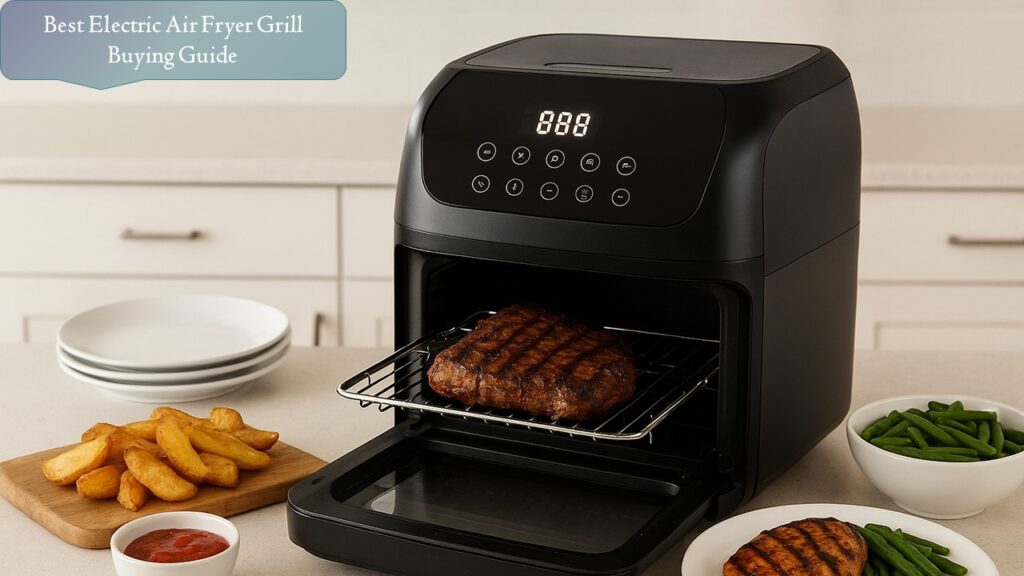Designing your kitchen is more than just choosing cabinets, appliances, and colors. At its core, the layout of your kitchen determines how efficiently you can cook, clean, and move around. A well-planned kitchen layout not only makes the space visually appealing but also ensures functionality, comfort, and safety.
Whether you’re designing a kitchen from scratch or planning a remodel, understanding different kitchen layouts can help you choose the one that best suits your space and lifestyle.
In this detailed guide, we’ll explore the most popular kitchen layout styles, their benefits, and tips to choose the best one for your home.
Why Kitchen Layout Matters?
The kitchen is often considered the heart of a home. Whether you’re whipping up a quick breakfast, hosting a family dinner, or enjoying your morning coffee, this space sees constant activity. A thoughtful layout ensures:
- Efficient workflow: It keeps cooking, cleaning, and prepping areas accessible.
- Better storage: Smart layouts make room for more cabinets, drawers, and pantry space.
- Comfortable movement: A good design prevents overcrowding and keeps traffic flowing smoothly.
- Aesthetic appeal: The right layout enhances the overall look and feel of your kitchen.
The Work Triangle Principle
Before diving into layout styles, it’s important to understand the kitchen work triangle. This design concept connects your stove, sink, and refrigerator — the three main workstations. A well-planned triangle ensures these areas are close enough to reduce unnecessary steps, yet spaced out enough to avoid clutter.
-
One-Wall Kitchen Layout
Overview
The one-wall kitchen is one of the simplest layouts, with cabinets, appliances, and countertops arranged along a single wall. This style is common in studio apartments or small homes where space is limited.
Benefits
- Space-saving: Ideal for compact spaces.
- Cost-effective: Fewer cabinets and countertops mean lower renovation costs.
- Open feel: Keeps the room airy and open, perfect for modern or minimalist designs.
Tips
- Use tall cabinets to maximize vertical storage.
- Add a movable island or dining table to increase counter space and seating.
-
Galley Kitchen Layout
Overview
A galley kitchen, also known as a corridor kitchen, features two parallel countertops with a walkway in between. This layout is efficient and highly functional, making it popular in small to medium-sized homes.
Benefits
- Efficiency: Everything is within easy reach, making meal prep quick and simple.
- Maximized storage: Two parallel counters provide ample storage and workspace.
- Cost-friendly: Fewer corners mean less custom cabinetry is required.
Tips
- Keep the walkway at least 4 feet wide for easy movement.
- Use light colors or good lighting to prevent the space from feeling cramped.
-
L-Shaped Kitchen Layout
Overview
The L-shaped layout places counters along two adjoining walls, forming an L shape. It works well for both small and large kitchens and is great for open-concept homes.
Benefits
- Flexible design: Easy to adapt to different kitchen sizes.
- Efficient workflow: Creates a natural work triangle.
- Open space: Allows for dining areas or additional seating.
Tips
- Add an island to increase counter space if your kitchen is large.
- Use one side of the “L” for cooking and the other for prepping or cleaning.
-
U-Shaped Kitchen Layout
Overview
A U-shaped kitchen surrounds you with three connected walls of cabinets and countertops. It offers plenty of storage and is perfect for those who love to cook.
Benefits
- Maximum counter space: Great for multiple cooks.
- Ample storage: Cabinets on three sides provide more room for cookware and utensils.
- Efficient work triangle: Keeps everything close while maintaining space.
Tips
- Avoid overcrowding by leaving at least 5 feet of clearance between counters.
- Use open shelving or glass cabinet doors to make the kitchen feel larger.
-
Island Kitchen Layout
Overview
An island kitchen incorporates a freestanding counter (island) in the center of the space. This layout is popular in open-concept homes and larger kitchens.
Benefits
- Additional workspace: Great for meal prep, cooking, or entertaining.
- Flexible use: The island can double as a dining area or breakfast bar.
- Stylish design: Adds a modern and luxurious feel to the kitchen.
Tips
- Ensure you have at least 3 feet of clearance around the island.
- Add features like a cooktop, sink, or wine fridge to increase functionality.
-
Peninsula Kitchen Layout
Overview
The peninsula layout is similar to an island kitchen but with the island attached to a wall or counter. It forms a “G” shape, offering extra workspace without requiring as much room as a standalone island.
Benefits
- Space-efficient: Great for smaller kitchens that can’t fit a full island.
- More counter space: Perfect for cooking or serving meals.
- Defined zones: Creates separation between the kitchen and dining or living areas.
Tips
- Use the peninsula for seating or as a breakfast bar.
- Add pendant lighting to create a cozy and functional design.
-
Open-Concept Kitchen Layout
Overview
An open-concept kitchen integrates the kitchen with other living spaces, such as the dining or living room, creating one large, open area.
Benefits
- Spacious feel: Perfect for entertaining and family gatherings.
- Better lighting: Natural light flows more easily through the space.
- Flexibility: Easy to customize with islands or peninsulas.
Tips
- Use rugs, furniture, or lighting to define zones.
- Add plenty of storage to keep the open space clutter-free.
Choosing the Right Kitchen Layout
When deciding on a kitchen layout, consider the following factors:
- Space Size and Shape
- Small kitchens often work best with galley or one-wall layouts.
- Larger spaces can accommodate islands, peninsulas, or U-shaped designs.
- Your Cooking Style
- If you love cooking and need space for appliances, a U-shaped or L-shaped kitchen is ideal.
- For casual cooks, a one-wall kitchen might be enough.
- Traffic Flow
- Ensure there’s enough room for movement, especially if you have a large household or entertain often.
- Budget
- More complex layouts, like islands or open-concept kitchens, can be more expensive due to cabinetry and countertop requirements.
Final Thoughts:
Your kitchen layout is the foundation of your cooking space. Whether you choose a compact one-wall layout or a spacious island kitchen, the right design can enhance both functionality and style. Take the time to assess your space, budget, and needs to choose a layout that makes your kitchen not only beautiful but also practical.
A thoughtfully designed kitchen isn’t just a place to prepare meals; it becomes the heart of your home, where family and friends gather, memories are made, and everyday life happens.







